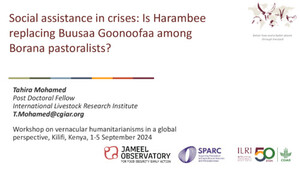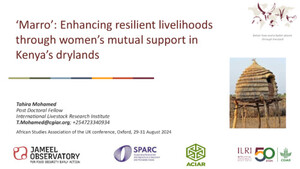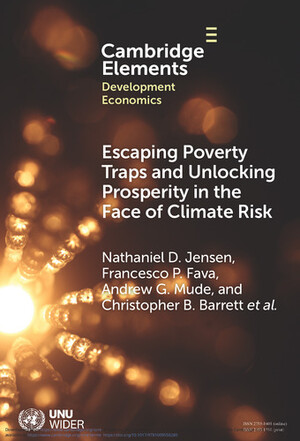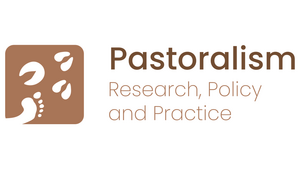
Cash transfers and index insurance: A comparative impact analysis from northern Kenya
Abstract
Cash transfers and index insurance have become popular interventions by development agencies worldwide, yet surprisingly little is known about these programs' comparative impacts on participant behavior or well-being. This paper exploits exogenous variation in program participation and panel data from Kenya to compare the causal impacts of a cash transfer program (HSNP) and an index-based insurance product (IBLI), which were implemented contemporaneously among the same population. We find that both programs benefit clients. HSNP improves child health, as measured by mid-upper arm circumference (MUAC), and helps households maintain their mobility-dependent livestock production strategies. Households with IBLI coverage make productivity increasing investments, reduce distress sales of livestock during droughts, and see a marked increase in income per adult equivalent. Estimating the impacts per total program costs reveals that the two programs perform comparably on average, while IBLI's impacts per unit marginal cost are considerably larger than HSNP's.
Citation
Jensen, N.D., Barrett, C.B. and Mude, A.G. 2017. Cash transfers and index insurance: A comparative impact analysis from northern Kenya. Journal of Development Economics. 129(1): 14-28.










